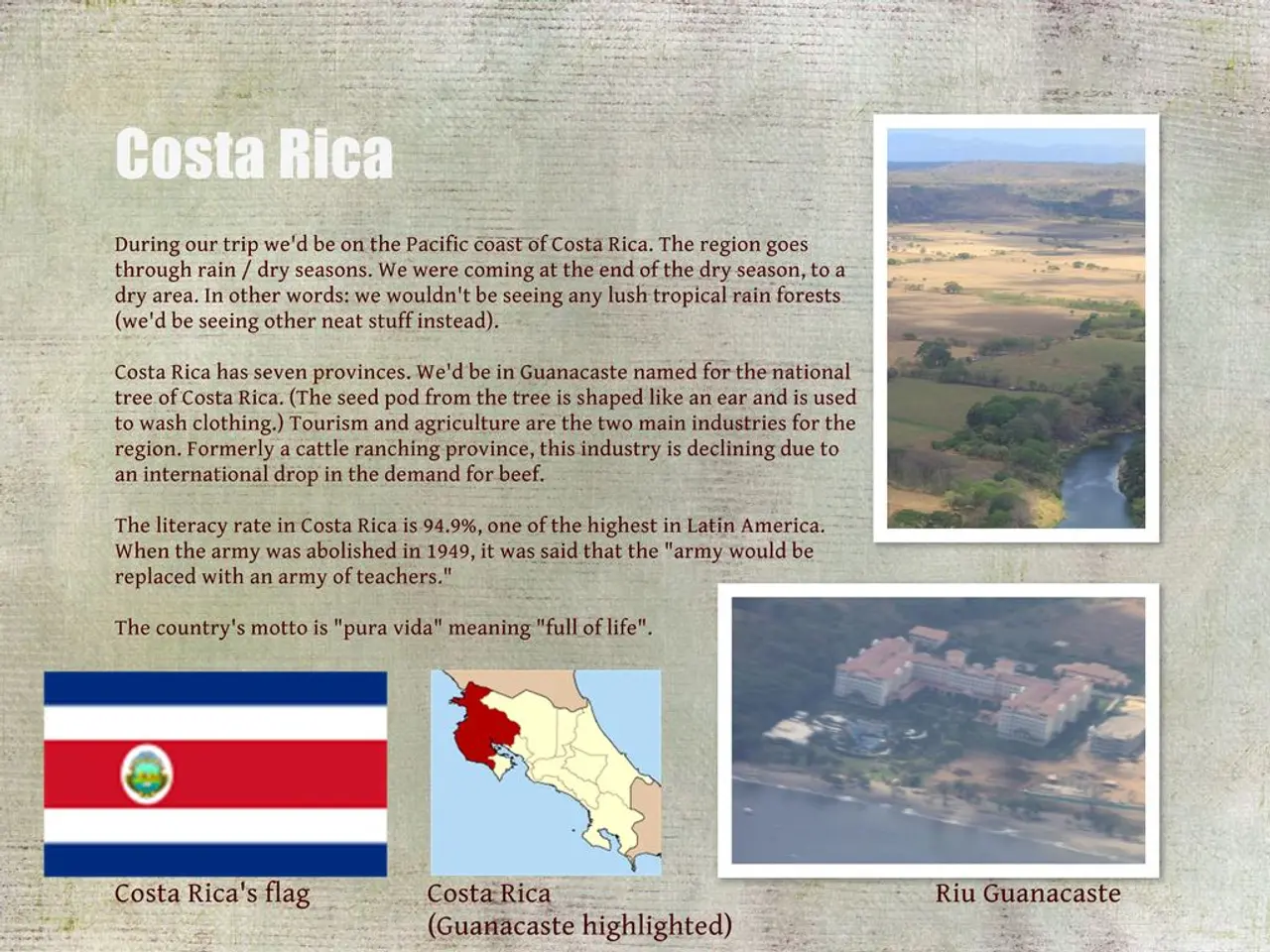Colombia's Court Abolishes Local Referendums on Land Use, Sparking Mining Sector Concerns
In a significant move, Colombia's Constitutional Court has abolished local referendums on land use, a decision that's sparked concern about social participation and environmental impact. The ruling, made on February 13th, has raised eyebrows, particularly in the mining sector where foreign investment and transnational companies hold significant sway.
The court's decision comes amidst growing unease about the dominance of foreign investment and transnational companies in Colombia's mining sector. Hard coal, the most important export commodity, has been a double-edged sword, contributing to local livelihood destruction despite its economic value.
Unequal trade agreements have also played a role, with low commodity prices hindering the development of national processing industries. Open-cast mining has led to forced relocations, water and land scarcity, and deterioration of local living conditions. The abolition of local referendums, or consultas populares, further complicates the situation, as these votes were previously used to oppose extractive mega-projects like El Cerrejón, majority-owned by foreign companies.
The abolition of local referendums on land use in Colombia has raised concerns about social participation and environmental impact, particularly in the mining sector. While the European Union has not directly expressed support or criticism regarding this issue, the international community is watching closely. The Colombian government must now consider new mechanisms for social participation to ensure that extractivist projects do not come at the expense of local livelihoods and the environment.
Read also:
- Emerging Investment Trends in China's Ethical Finance Sector for 2025
- Celebrated Title: Cheesemakers Blessed Upon
- Construction and renovation projects in Cham county granted €24.8 million focus on energy efficiency
- Trump challenged in court over halting billions in funding for electric vehicle charging infrastructure








